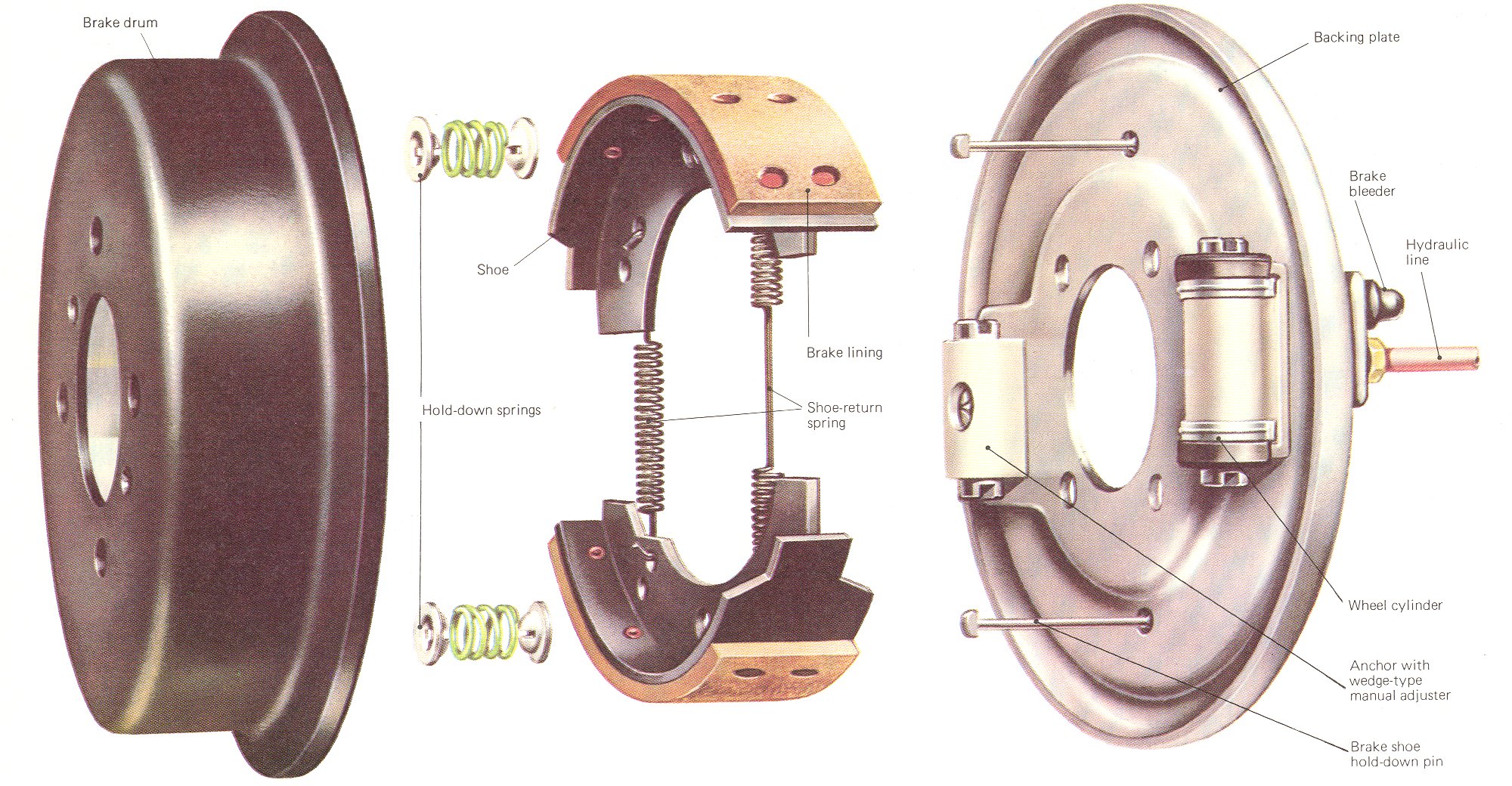At ambient temperatures a/c refrigerant is a gas. Years ago cars used r-12, commonly know as Freon. They stopped using r-12 because it eroded the ozone layer in the atmosphere. Freon has been replaced by r-22, also known as Suva.
When you turn on the a/c system, through a relay, and sensors the compressor clutch “Locks up” and the a/c compressor turns. Suva enters the compressor as a gas, and comes out as a high temperature liquid. By compressing the gas into a liquid the temperature goes up to around 250 degrees Fahrenheit. The liquid leaves the compressor, travels through an aluminum line and goes through a “Condenser.” The condenser looks like, and acts exactly like a radiator. Outside air goes through the condenser and cools the refrigerant inside the condenser. The refrigerant exits the condenser as a liquid and close to ambient temperature.
The cool liquid refrigerant travels through another aluminum pipe, through an expansion valve, into the evaporator. The expansion valve allows the liquid to ‘expand’ and become a gas. When the liquid refrigerant expands and becomes a gas, its temperature decreases to just above 32 degrees Fahrenheit.
The evaporator is another radiator. It looks like a radiator, but is much smaller, and it is generally located behind/near the glove box. The refrigerant enters the evaporator at around 32 degrees Fahrenheit, cooling the evaporator. When you turn the a/c on the fan blows air across the fins of the evaporator cooling this air; hence you get cool air. The hot air blowing across the evaporator heats the refrigerant in the evaporator. Radiators/evaporators are also known as heat exchangers. The air blowing across the evaporator is cooled, and the refrigerant inside the evaporator is warmed; hence heat is exchanged.
Hot air contains a lot of moisture. As the evaporator cools this moist air, water condenses out, and is drained under the car. When the a/c is on, and you are standing still, you will see a small puddle of water under your car.
If the refrigerant was below 32 degrees the water would freeze onto the evaporator, restrict air flow through it, and you would get diminished cooling.
If the drain in the evaporator gets clogged, the condensed water drains inside the car, and the carpeting on the front passenger seat gets very wet. This is generally fixed by using a coat hanger to unclog the drain.
The refrigerant leaves the evaporator as a warm gas. Through another aluminum pipe the refrigerant travels to an accumulator/dryer. A dryer is used since water combined with refrigerant creates hydrochloric acid. Obviously acid is undesirable to the system.
Through the last aluminum tube the refrigerant (still a gas) leaves the accumulator/dryer and goes back to the a/c compressor completing the a/c cycle.
A/C Compressor:
The front of the compressor has a clutch, and the clutch is turned by a belt. When the a/c is off, the clutch turns, but the a/c compressor doesn’t turn. When the a/c is turned on, an electrical current goes to the clutch, locking it up to the compressor so that the compressor turns.
High Pressure Sensor
This sensor is located between the a/c condenser and the evaporator. Here the refrigerant is a high pressure liquid. If the pressure exceeds the manufacturer’s maximum allowable pressure, the senor “Opens” and stops the flow of electricity to the a/c clutch. When this sensor “Opens” the a/c clutch Is de-energized and the a/c compressor stops turning; hence the pressure goes down. This is a safety device which prevents the system from “blowing up.”
Low Pressure Sensor:
This sensor is located between the evaporator and the a/c compressor. If the pressure is too low, it “Opens” and stops the flow of electricity to the a/c clutch. When this happens the a/c compressor stops turning. This is a safety device which prevents the compressor from turning when there is not enough refrigerant/oil in the system to properly lubricate the compressor.
Aluminum Lines:
Aluminum lines have one problem… Aluminum parts sometimes corrode together. If they did not corrode together, life is good and then they easily come apart. However; if the aluminum parts corrode together they cannot be normally separated, and I need to replace both parts.
For example, I had a Honda with a hole in the aluminum line between the condenser and the compressor. The aluminum line corroded together with the condenser. When I removed the line from the condenser, there where no threads left in the condenser to use to reconnect a new aluminum line. I need to replace the condenser. In this case an inexpensive repair became a very expensive repair. Unfortunately I cannot tell ahead of time if the parts have corroded together or not corroded together.
Your a/c system is unique in that it never needs maintenance. It is a closes system that continually recycles the refrigerant and the oil. Oil is used to lubricate the a/c compressor. Without this oil the compressor would seize-up.
If you have any questions please e-mail them to me at eliotsauto@aol.comMy web site is http://www.eliotscompleteautorepair.com/



